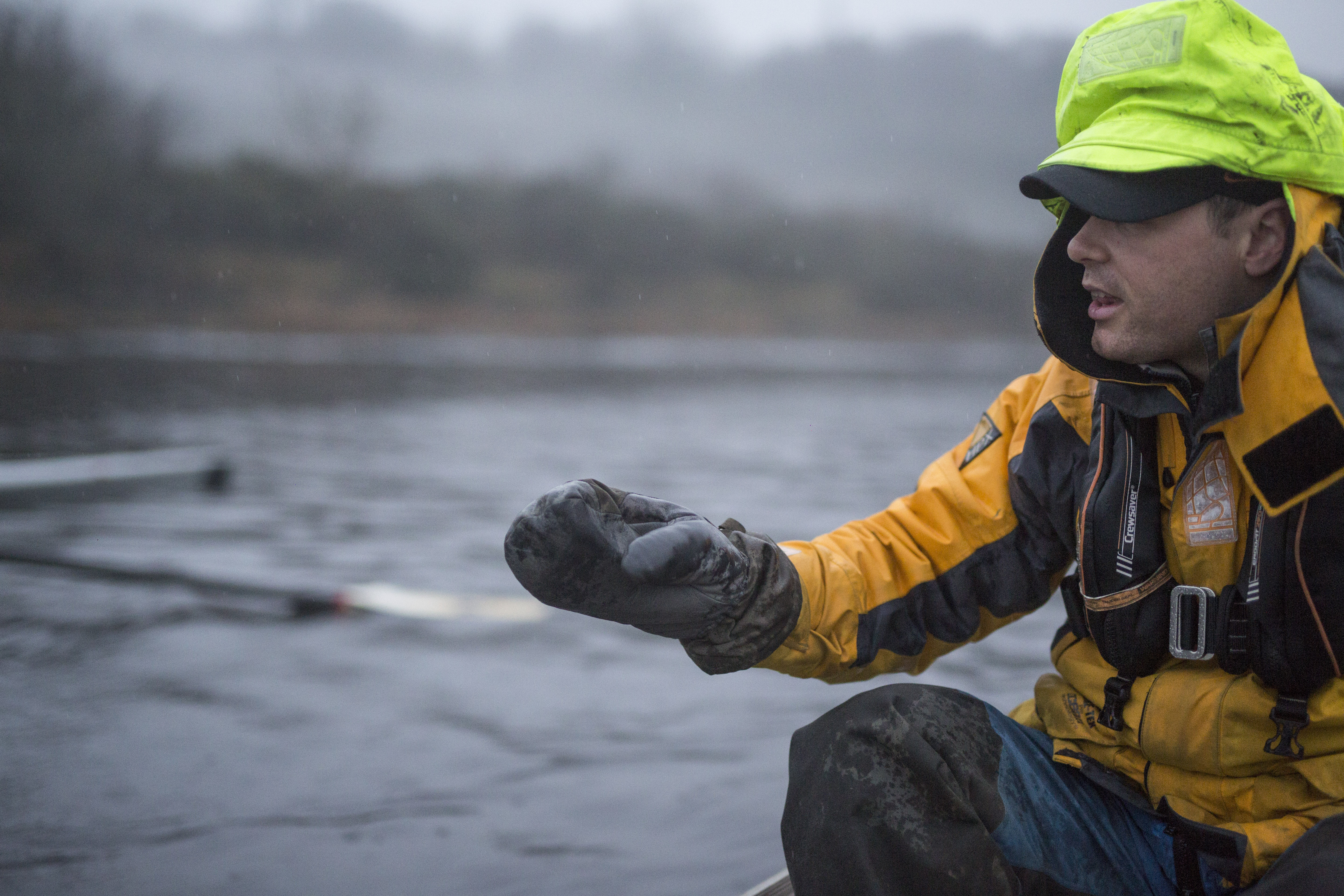Getting athletes to perform is all about having the correct behaviours. In order for athletes to have those behaviours they will need some guidance.
It is a coaches job to manage the training and development process for the athletes so they learn either consciously or subconsciously how to manage themselves both in training and away from training.
Adrian Cassidy explores some of the cornerstones of coach behaviour that helps coaches provide this environment.
Every sports coach is different. Some are good at doing it traditionally by the book, others experiment and try new methods so they get creative and design their own ways of coaching. I cannot say one way is better than the other — I’ve seen so many examples of both that work well. No matter what kind of a coach you are, we all share a common truth — good coaching is crucial for athletes to be able to perform at their best when it matters.
You as a coach are inherently in the position of power, however, be careful not to accidentally use this position to create athletes who completely depend on you — you want to empower them and encourage confidence and progress.
You can’t make athletes do what they don’t want to do for very long. A coach can impose his will on them for a while, but to truly fulfil their potential an athlete is going to have to be self-motivated — with enough motivation, they can achieve almost anything.
Coaches all too often focus on the specifics of the sport, training, tactics etc. But ultimately the job of the coach is to change their athletes’ behaviour.
It is not the place of the coach to tell an athlete what they can or cannot achieve. A coach can only create the environment that enables them to find that out for themselves — an environment that makes success inevitable.
Below are the 6 habits of sports coaches that will help you get there.
1. Create a transparent supportive environment
While setting up their programme, a successful coach will have clearly thought through what they think is important — what their expectations are of their athletes and other coaches they may be working with.
They do it by clearly defining the behaviour they expect from themselves and others. They will be explicit and cannot afford to be passive about this. All members of the squad or team need to understand clearly what they are buying into. A good coach will accept that the environment they create will not suit everyone.
However, you should also make sure your team understands what you are doing and why. Your environment and culture have to be transparent and inclusive. Performance data can help here tremendously — whatever the confidence of your individual athletes might be, showing them their performance history and quantifiable data and discussing what it takes to move the needle from where they are right now towards your common goal instills confidence in achieving it and sets your relationship on a healthy transparent level.
2. Make a contract
A coach will often enter into a contract with their athletes. It may not always be written down, but they will be very clear about what they are both trying to achieve. They do not need to have the same goals, but they need common ground on which to work.
Sometimes the goal is not so clear, and maybe the athlete is not so confident about committing to the goal — they may not even vocalise it, for fear of failing to achieve it. In this situation a coach must be careful not to assume that they are on the same path. If the coach and athlete do not communicate openly and clarify their position with each other it will lead to friction, misunderstanding, disappointment and poor results.
With that in mind, if you notice your athletes have trouble committing or lack confidence in achieving the aim you set, it’s a good idea to also set small goals that all add up to achieving your big aim. This way, whenever you hit a small goal your team will get a confidence boost — each achievement propelling them further towards your big aim and making progress towards it and effort needed easier to understand and apply.
3. Find the right tone
Straightaway there is a power imbalance in the relationship between coach and athlete. An inexperienced coach can easily fall into a parent/child relationship with their athlete. This can be counterproductive. To explain, we all have three ego states: ‘parent’, ‘adult’, ‘child’.
If a coach assumes the role of ‘critical parent’, telling an athlete a performance was terrible, then they will likely get either a passive response or a verbal challenge. Either response may well not be useful.
If they do not reply at all, and become a passive submissive athlete, that can seem good as they are doing what they are told but at the cost of inhibiting them from being a complete athlete. With a more vocal responder, a coach may receive an aggressive reply which leads to the coach making their own poor response, as they do not want to be challenged in front of their athletes. An experienced coach will be able to identify and defuse these situations before they have the chance to deteriorate.
The best coach/athlete relationships operate in an ‘adult’ to ‘adult’ way. This is where the power balance is crucial. In order to bring the relationship to an ‘adult to adult’ state, the lead has to come from the coach. Even if the other party is behaving like a ‘child’, the coach will behave like an ‘adult’. By modelling this behaviour the athlete will invariably come-round. The person in the position of power has to model the behaviour first.
4. Look at the bigger picture
The aim is to produce high functioning, self-actualising athletes who will do whatever it takes to be successful. They will be alert, punctual, driven, motivated, resilient, hygienic etc. But getting to that state is no small feat, and remaining there is just as hard.
Using the model of ‘Maslov’s hierarchy of needs’ is a useful starting point. The model works on the premise that we are not long evolved from primitive man and our basic needs are key to our happiness.
You can learn a lot by simply observing and looking for changes in athlete’s behaviour or a sudden drop of enthusiasm.
For example, an individual is not going to be good at training if they can’t afford to eat properly or if their partner just left them and they are heartbroken and grieving. This also applies to coaches. You need things at home to be in order for you to be good at your job.
A successful coach understands that both they and their athletes need to have their lives outside of sport in order. It is often the little things in life that cause the stresses that bring you down — in order to get them back on track you also have to offer support in this respect.
5. Allow failure
Good coaches create a risk-taking environment within their programs. They ensure that athletes do not feel they will be punished if they make a mistake. This can be difficult to achieve, especially if athletes are aware that selectors are watching.
In order for athletes to perform, they need to improve. In order to improve they need to learn. In order to learn effectively they need original thought and emotional involvement. Or in other words, a chance of ‘failure’ — they need to be able to fail.
A successful coach creates a testing environment that pushes individuals to fail. As soon as they do fail, the support to learn is there. That same environment also needs to push them to succeed. The coach creates opportunities for success, but again the support for learning is there.
Good athletes are risk takers. Albeit calculating ones. They will take the biggest risks in training, so that they do not need to take them in racing.
6. Coaching individuals can be done even in group sports
Not everyone in your team will be the same — some athletes might need a bit of a nudge in the right direction and personal encouragement, while the others will be go-getters always ready to accept the challenge.
Striking the right balance between criticism and encouragement is essential here — make sure you use both at the right time and in the right situation. Your job is also to learn and adapt to them, not to say “be the better adult” — observing and finding out which parts of their character are naturally working well with your style of coaching and which do you want to avoid will get both you and your athletes to your goal in less time and with less effort.
Getting the edge that will keep you winning sometimes translates to a difference in seconds between you and your opponents. Thankfully, there is plenty of modern technology allowing you to get very detailed with tracking your athletes’ performance and not waiting too long before introducing a change in training that will keep your athletes’ development at a consistent and optimal rate.
Coaching your athletes so they reach their full potential is not easy, but it is completely achievable if you keep evolving yourself, use appropriate supporting tools and make sure you adapt training plans to get the maximum out of every individual — your team is as strong as your weakest athlete. Be aware at all times that what works for one person might be detrimental to another.
View more content like this

Roles of a Coach | What makes a good rowing coach (tips from Mike Spracklen)
What a delight to have two legends of rowing sit and discuss Mike Spracklen’s history both as an athlete and a coach, his philosophy of
Robert Sens | Crossy's Corner with the Austrian Rowing Coach - Part 1
What a delight to have two legends of rowing sit and discuss Mike Spracklen’s history both as an athlete and a coach, his philosophy of
How to improve training following a defeat | Interview with rowing coach James Loveday
What a delight to have two legends of rowing sit and discuss Mike Spracklen’s history both as an athlete and a coach, his philosophy of



